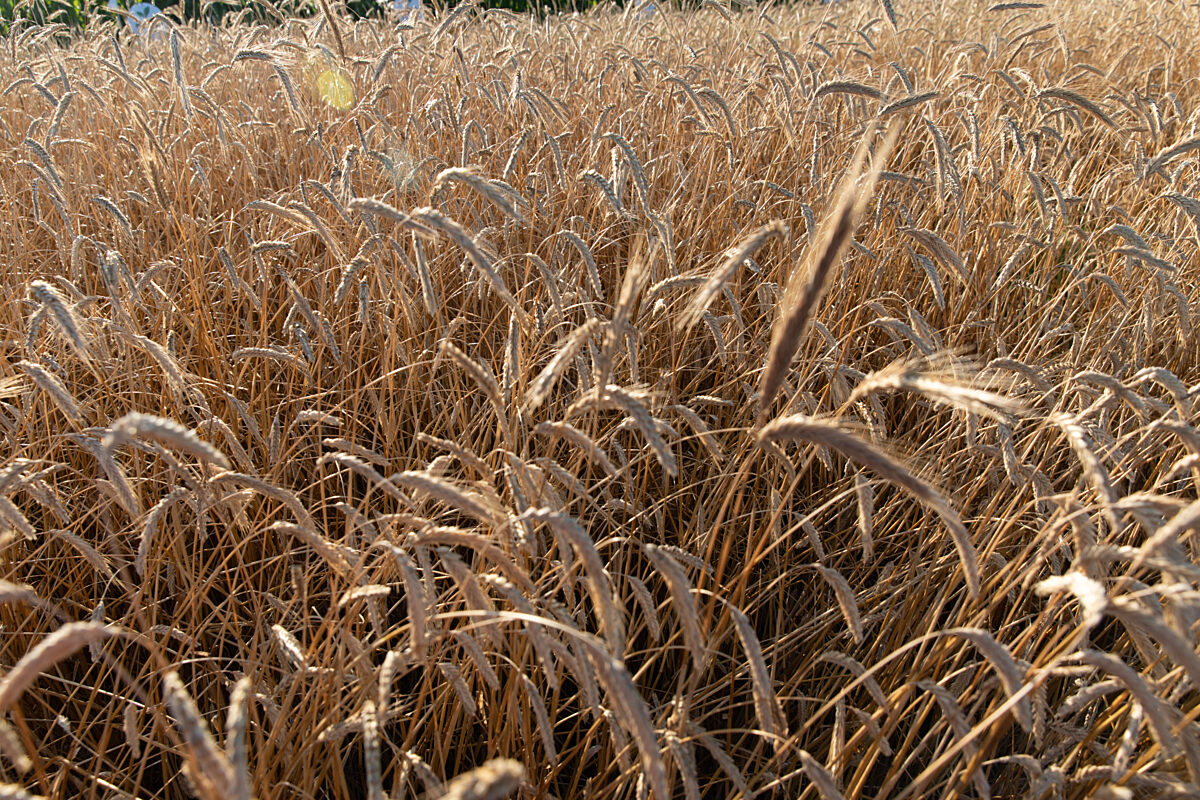Reviewing ARC-CO Payments for the 2019/20 Marketing Year
TOPICS
SoybeansShelby Myers
Economist

photo credit: AFBF Photo, Philip Gerlach
Shelby Myers
Economist
USDA’s Farm Service Agency recently reported the final 2019 actual county yields used to administer the Agriculture Risk Coverage-County program. With these yields, it’s now possible to estimate ARC-CO program payments for those who are enrolled in the program for the 2019/20 marketing year (The Results Are In: PLC is the 2019 Program of Choice). Today’s article reviews ARC-CO payment rates and uses USDA data on farm program enrollment to estimate the distribution of total ARC-CO payments for the 2019/20 marketing year.
Background
The ARC-CO program is an income support program that triggers a payment when actual county-level crop revenue falls below 86% of the benchmark revenue. It is based on the five-year Olympic moving averages of county yields and the marketing year average price. ARC-CO program payments are capped at 10% of the ARC-CO benchmark revenue and are paid on 85% of a farm’s base acres for each covered commodity. ARC-CO payments to farmers are expected to be distributed in October.
A key aspect of ARC-CO is that it provides shallow-loss risk management in the event of price and/or yield declines. For a year like 2019, when planting was delayed and growing conditions were less than ideal, yields were inevitably lower. Many of those enrolled in ARC-CO will see this program work, as designed, with a payment triggered in the event of lower revenue due to yield losses.
ARC-CO Benefits for Corn and Soybeans
Soybeans had the largest ARC-CO enrollment, with more than 43 million acres, or 80% of soybean base acres, selecting the program. The 2019 benchmark price for soybeans was $9.63 per bushel using the Olympic average from 2013-2017, which is higher than 2019’s marketing year average price of $8.57 per bushel. Combining this 11% price decline with lower soybean yields across much of the U.S. resulted in ARC-CO being triggered in more than 1,200 counties. ARC-CO payment rates ranged from several dollars per acre to more than $60 per acre on irrigated ground. ARC-CO payment rates were the highest in areas that suffered from excessive moisture and late-planted crops in 2019, such as the thumb of Michigan, eastern Illinois, southeast Indiana and northern Kentucky, along the Mississippi, southwest Minnesota and into the eastern Dakotas, i.e., Prevent Plantings Set Record in 2019 at 20 Million Acres. Figure 1 identifies ARC-CO payment rates for soybean base acres.

While corn also suffered yield issues brought on by excessive moisture during planting and a late-planted crop, corn only had a 4% price decline from the benchmark price of $3.70 per bushel. As a result, to trigger ARC-CO, corn yields would have had to be at least 11% lower than the benchmark county yield. For example, the benchmark corn yield in Champaign County, Illinois, was nearly 220 bushels per acre for non-irrigated crops – meaning that actual yields would need to be 24 bushels below the benchmark to trigger ARC-CO.
Approximately 900 counties had yield declines of 11% or more, triggering ARC-CO on corn base acres. ARC-CO payments ranged from less than $15 per acre in many counties to more than $45 per acre in portions of northern Missouri, southern Indiana and northern Kentucky, southwest Minnesota and into the eastern Dakotas. Figure 2 highlights ARC-CO payment rates for corn base acres. The lower benefits from ARC-CO for corn explains why only approximately 19% of corn base acres enrolled in the ARC-CO program.

Estimating National ARC-CO Benefits
To approximate ARC-CO program payments for all covered commodities, ARC-CO payment rates were combined with Farm Service Agency data on program enrollment and base acres. These estimates likely overstate ARC-CO benefits as payment limitations were not factored in the analysis and county-level enrollment data is unavailable.
It’s estimated that ARC-CO will make as much as $1 billion in program payments to producers for the 2019/20 marketing year. ARC-CO on soybean base acres is estimated at more than $700 million, while corn base acres are expected to receive more than $200 million in program payments. Following corn, wheat is expected to receive approximately $50 million in ARC-CO support. The remaining commodities, including sorghum, seed cotton, barley, oats, canola, chickpeas, lentils, dry peas and peanuts are estimated to receive $15 million in ARC-CO support. Figure 3 highlights the estimated ARC-CO payments by commodity.

Total program payments are expected to be the highest in Illinois, where more than $160 million in program payments are estimated. Following Illinois, Minnesota ARC-CO benefits are estimated at approximately $140 million. South Dakota ARC-CO benefits are estimated at nearly $100 million, and Indiana and North Dakota are each expected to receive more than $80 million. Figure 4 details the estimated total ARC-CO benefits by county.

Summary
Recently released data on 2019/20 county average yields and ARC-CO payment rates shows that ARC-CO support is likely to flow to areas suffering from poor crop yields in 2019 due to excessive moisture and a late-planted crop. This is expected as ARC-CO is a revenue-based deficiency payment program that makes payments to enrolled producers when crop prices and/or yields result in revenue declines below the benchmark revenue guarantee.
While only 67 million acres, approximately 26% of all base acres, are enrolled in ARC-CO, it’s estimated that as much as $1 billion in program payments will be made to producers of 13 different covered commodities enrolled in ARC-CO. When combined with Price Loss Coverage, i.e., Estimating Price Loss Coverage Benefits, 2018 farm bill programs are expected to deliver nearly $6 billion in support to producers experiencing lower crop prices or revenue during the 2019/20 marketing year.
